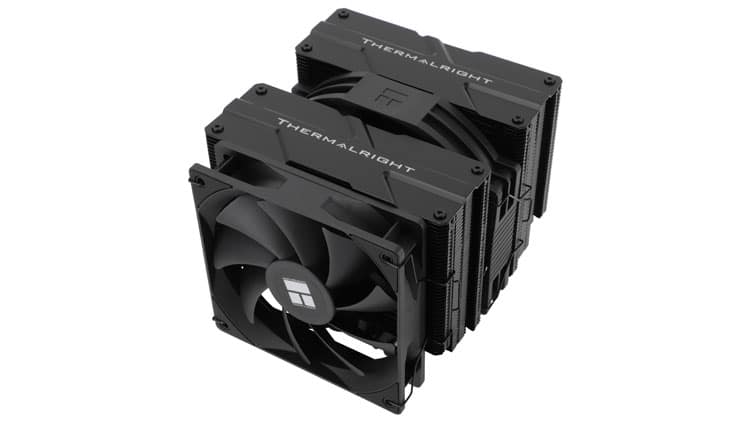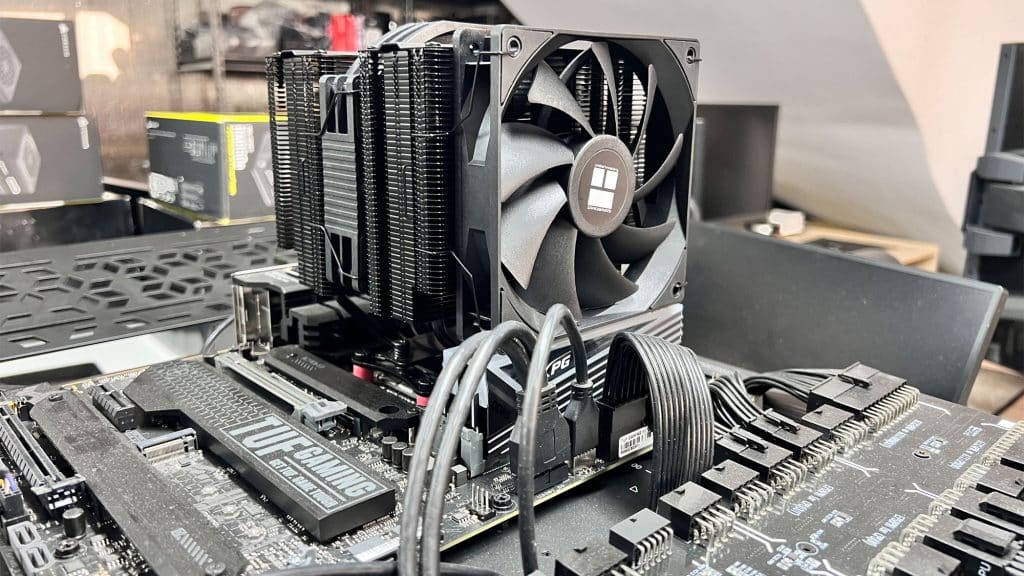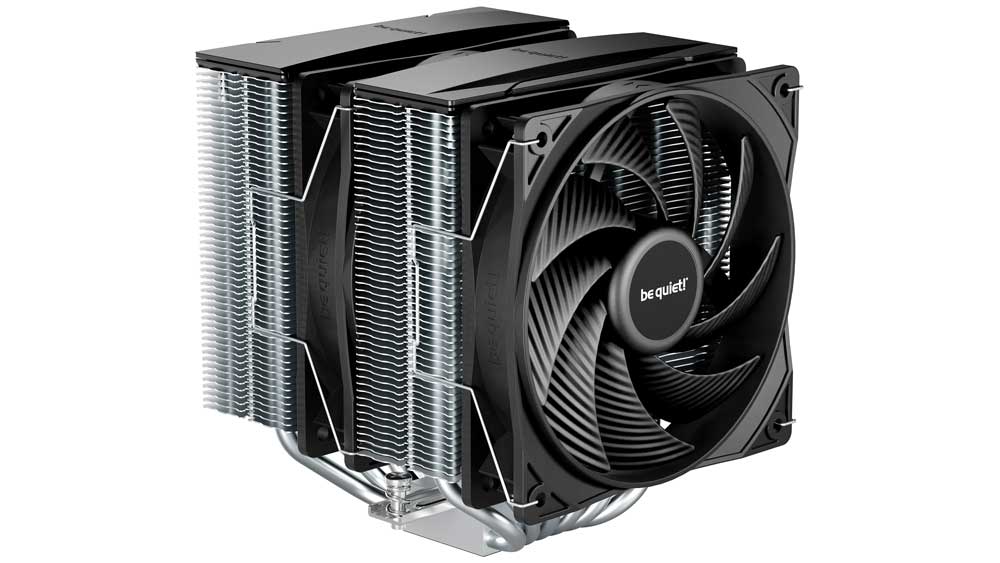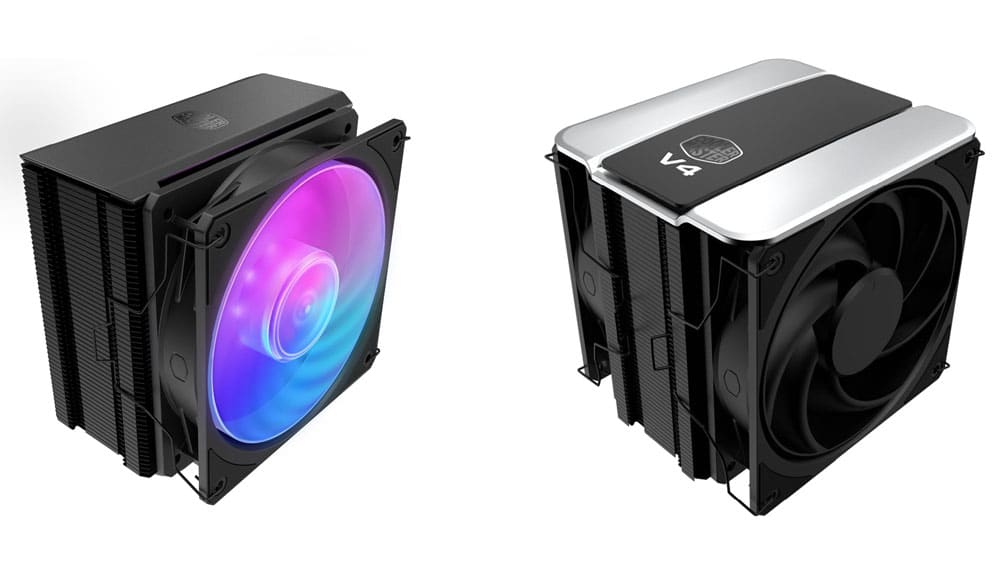Epilogue
I constantly heard of the extra high performance per price ratios that the Thermalright coolers achieve, but I had to evaluate one to see it with my own eyes and equipment. However, the performance in the high power consumption Intel test system is not that impressive, with the Noctua D15 chromax.black achieving differences from 7% to 10%. I don’t mention the even higher performance of the super expensive Noctua NH-D15 G2 with the washer mod because I suspect that the Thermalright cooler’s performance would also get a notable boost with the washer mod, so I chose to mention here the chromax.black which I evaluated on the “standard” socket.
The performance on the lower-wattage AMD test system is a revelation, with the highly affordable Thermalright cooler putting the Noctua G2 cooler to shame, although, the latter used offset mounting, which boosts performance. Only the G2 LBC manages to achieve better performance in the normalized noise tests, but it is up to you to decide whether a whopping $110 price difference is worth a 4% performance increase at 20 dBA, 1.5% at 25 dBA and below 1% at 30 dBA!
I don’t know how Thermalright managed to offer this product at such a low price, but I can safely say that it puts (way) more expensive coolers to shame, thanks to its crazy high price per performance ratio at both sockets I tried. Given my results, the Thermalright Peerless Assassin 140 performs best in AMD systems, where the power consumption doesn’t go through the roof. You should also consider its low noise output, even with both of its fans spinning at full speed.
At $40, this cooler is a steal, especially if you plan on using it on an AMD system. I suggest you do the washer mod on high-power consumption Intel CPUs, which looks to work well while being inexpensive. Kudos to Thermalright for offering such high-performance products at bottom-low prices, proving that there is no need for crazy-high prices or excessive research to achieve good performance. The moment other brands try to convince us to buy their products, throwing the extended research they did to make them as the first argument, Thermalright comes with a $40 cooler, showing that it is not rocket science to build a good and highly affordable cooler!
Another thing I should mention here is that Cybenetics evaluated this cooler’s 120mm fan, and it achieved an impressive Titanium rating at airflow! However, its static pressure is not that good at the Bronze level, so I can’t help but wonder how this cooler would perform with a Platinum-level static pressure fan.
If you are searching for fans for your AIO or chassis, read my Best Cooling Fans article before investing in new cooling solutions. You help me a lot by using my affiliate links, which don’t increase the product’s price. I get a commission from Amazon every time you do it, which can make a difference for me, especially now that I am on my own, working exclusively for my media and not for someone else.
- Unbeatable price
- Killer performance per price ratio (puts to shame anything else I have tested so far!)
- High overall performance on the AMD test system
- Good overall performance on the Intel test system (20 and 25 dBA)
- Low noise output
- Can handle >300W TDP Intel processors
- Good enough build quality (excellent for its price)
- Straightforward installation
- Compatible with all popular (and not) CPU sockets
- Thermal grease tube and PWM splitter cable are included in the bundle
- I would like it to use Torx screws on the mounting bracket
- The “feeling” on the spring-loaded screws could be better







I think the low cost is because of the location of the company and of their manufacturing site. They can afford to undercut the competition (as any company based in most parts of E/SE Asia should be able to do), especially with China keeping the value of their currency artificially low to keep companies there.
It’s great to have your review since so many people blindly point to the PA120 nowadays for Intel, instead of remembering that it’s not the top Intel air cooler.
Honestly, after so many decades of heatsinks, I think the science is already out there as to optimal fin density, materials, etc. Asking for a ton of money, like Noctua always does after ripping off TR designs all those years ago, is a combination of the high cost of having a German-based company, and greed. It’s like when Linus justified the cost of his screwdriver with 2 years of research when there are better products out there are a fraction of the cost.
I think the only thing that is missing is results from overclocking and/or very hot CPUs. I suspect that the PA120 will not handle the hottest CPUs as well as they did in this test.
noctua comes from austria, idiot
Literally every heatsink/fan is made in China lmao, Noctuas are made in China too.
Kolink in Taiwan. Not China.